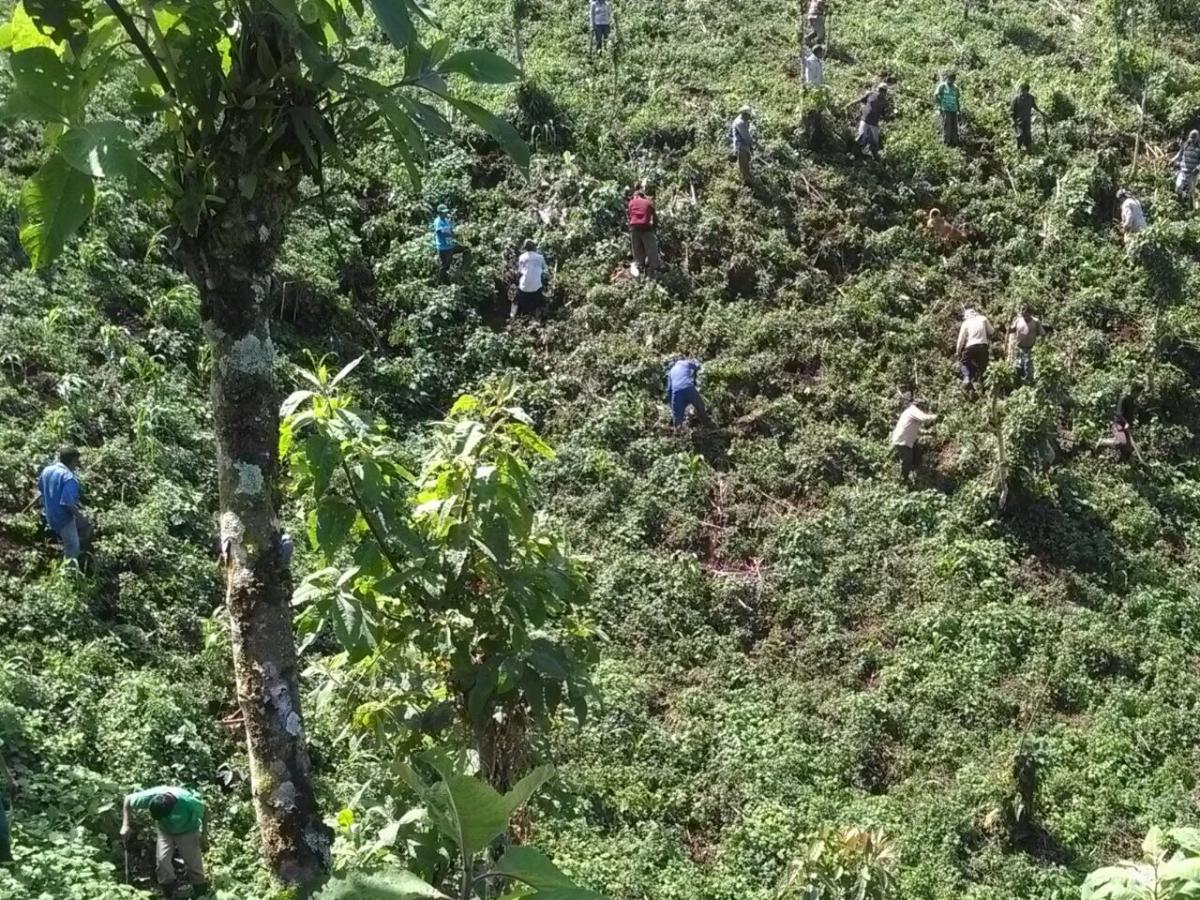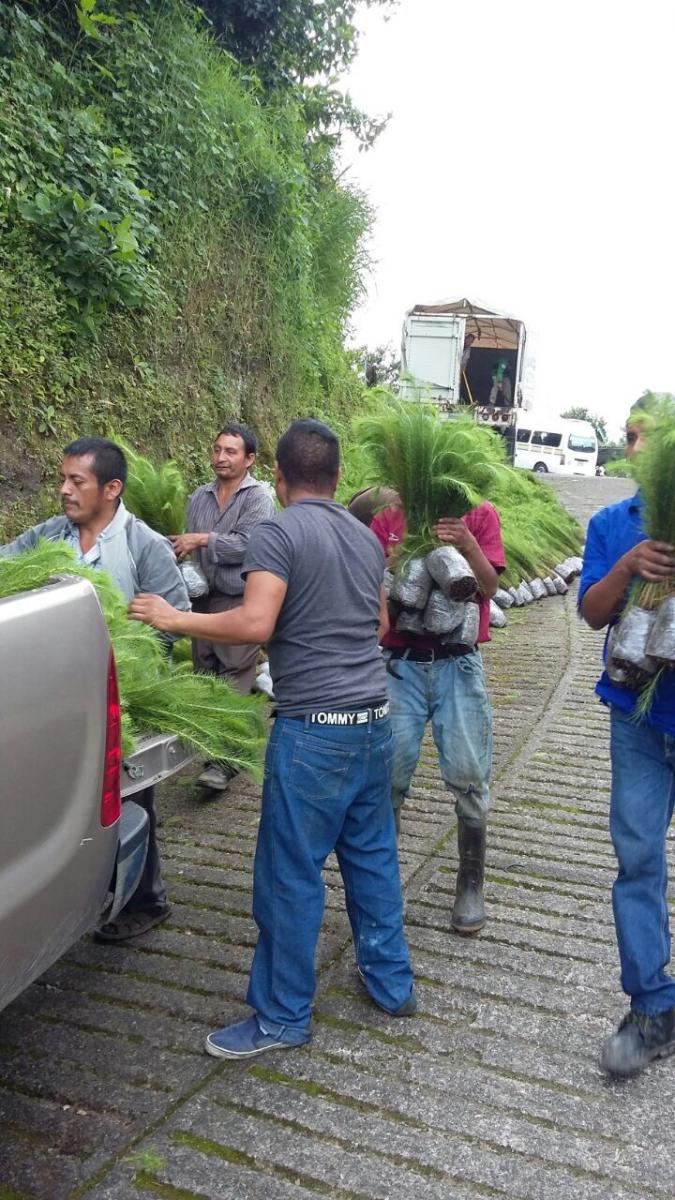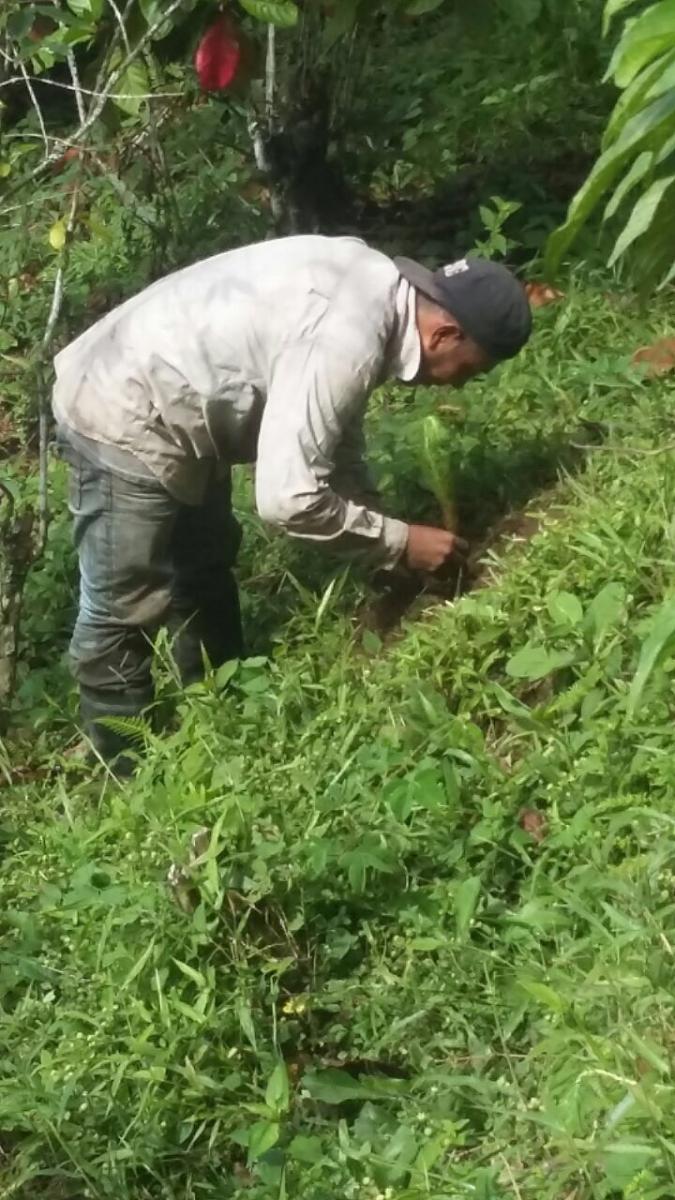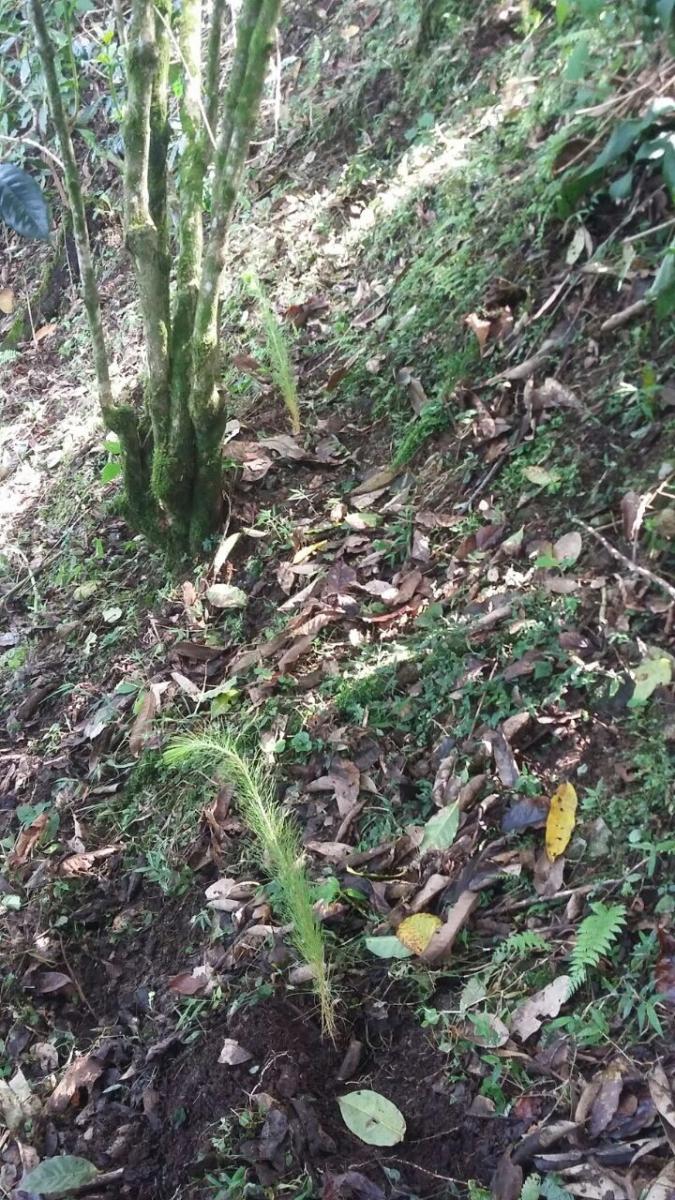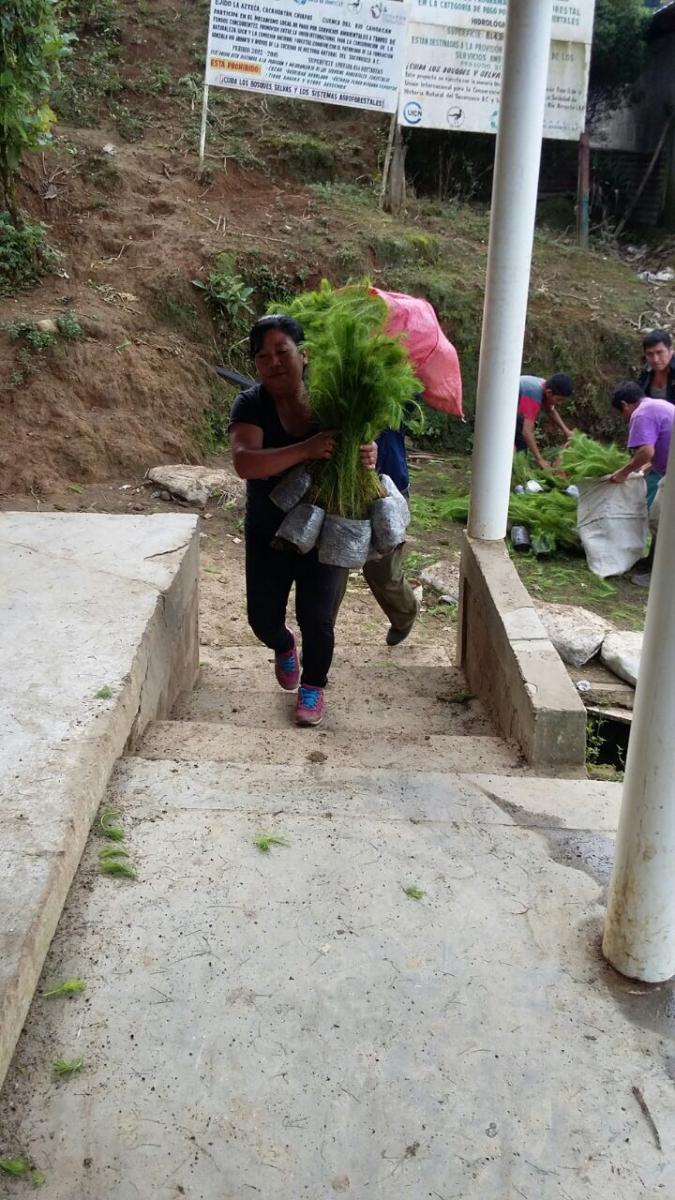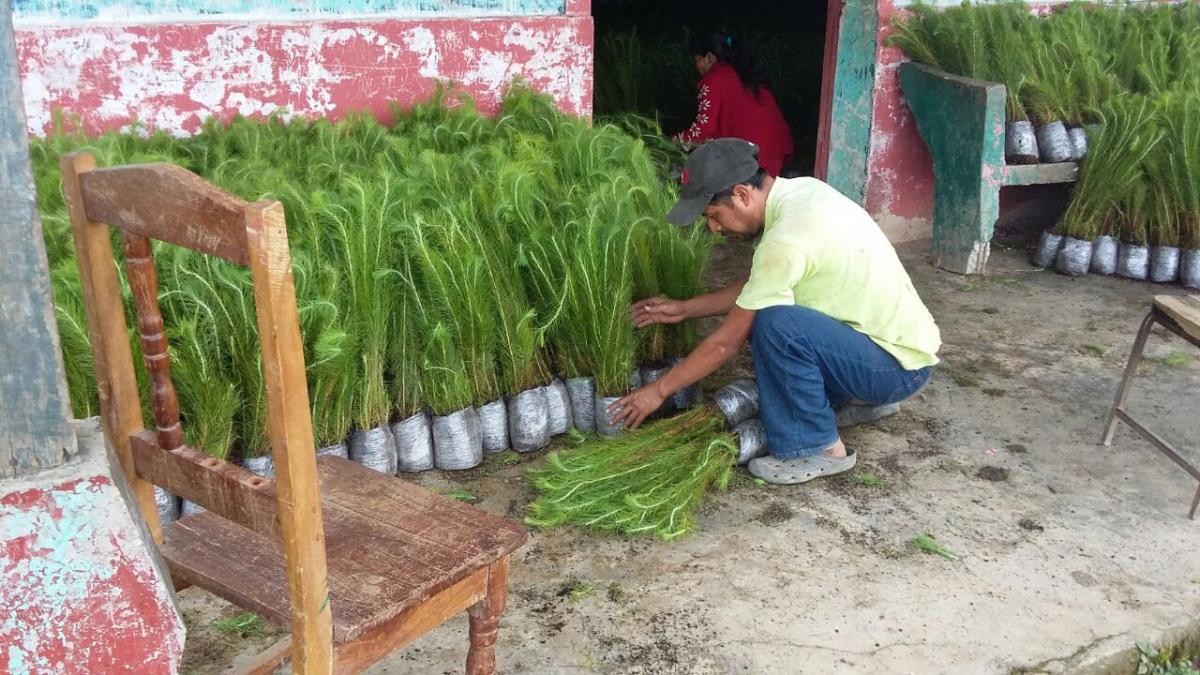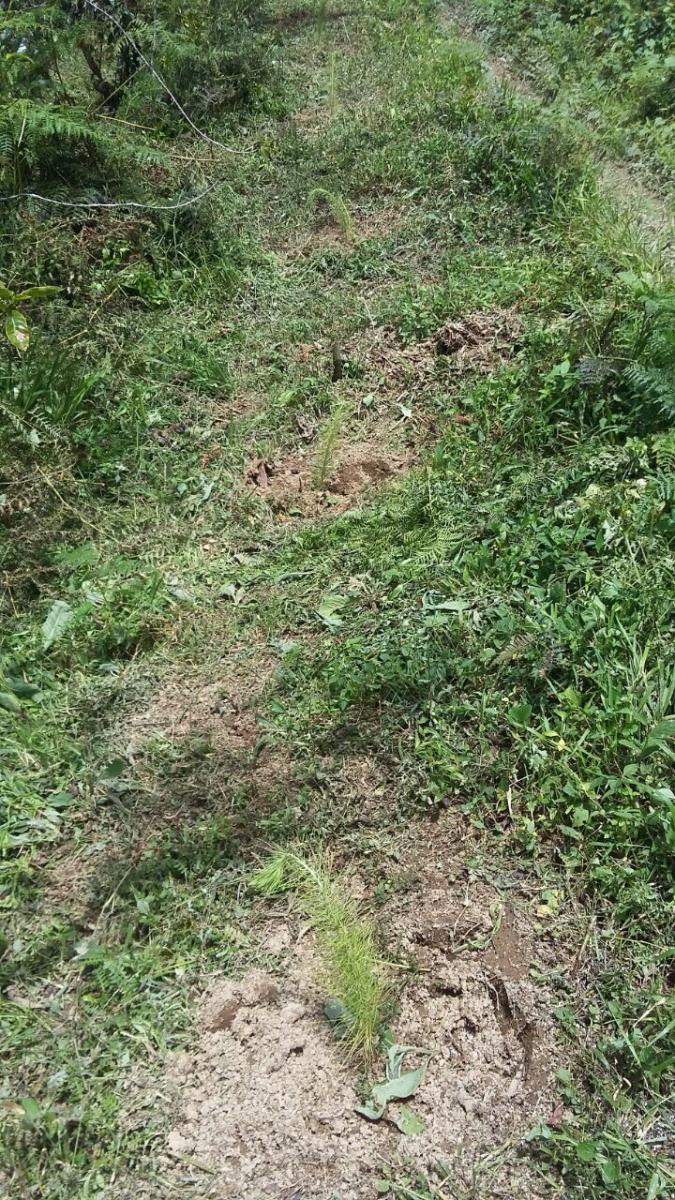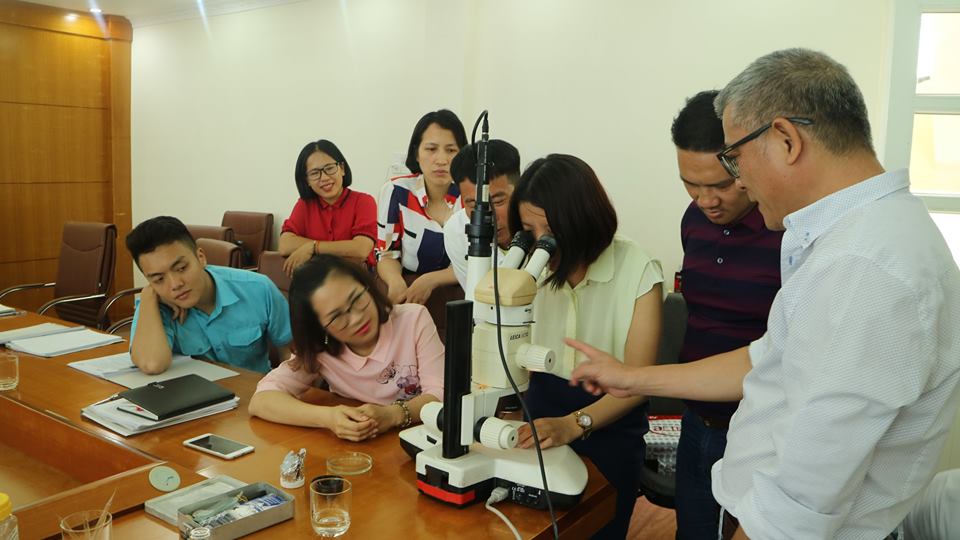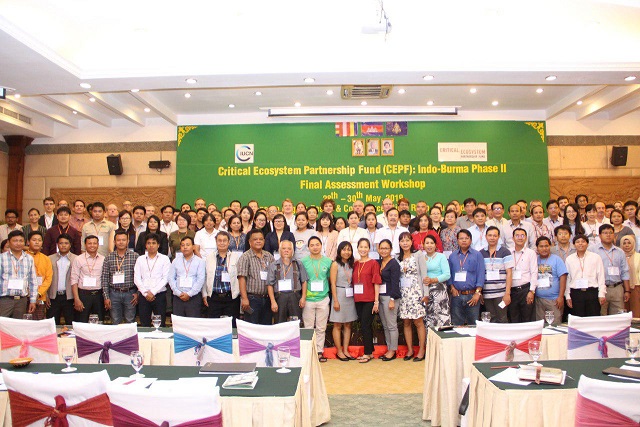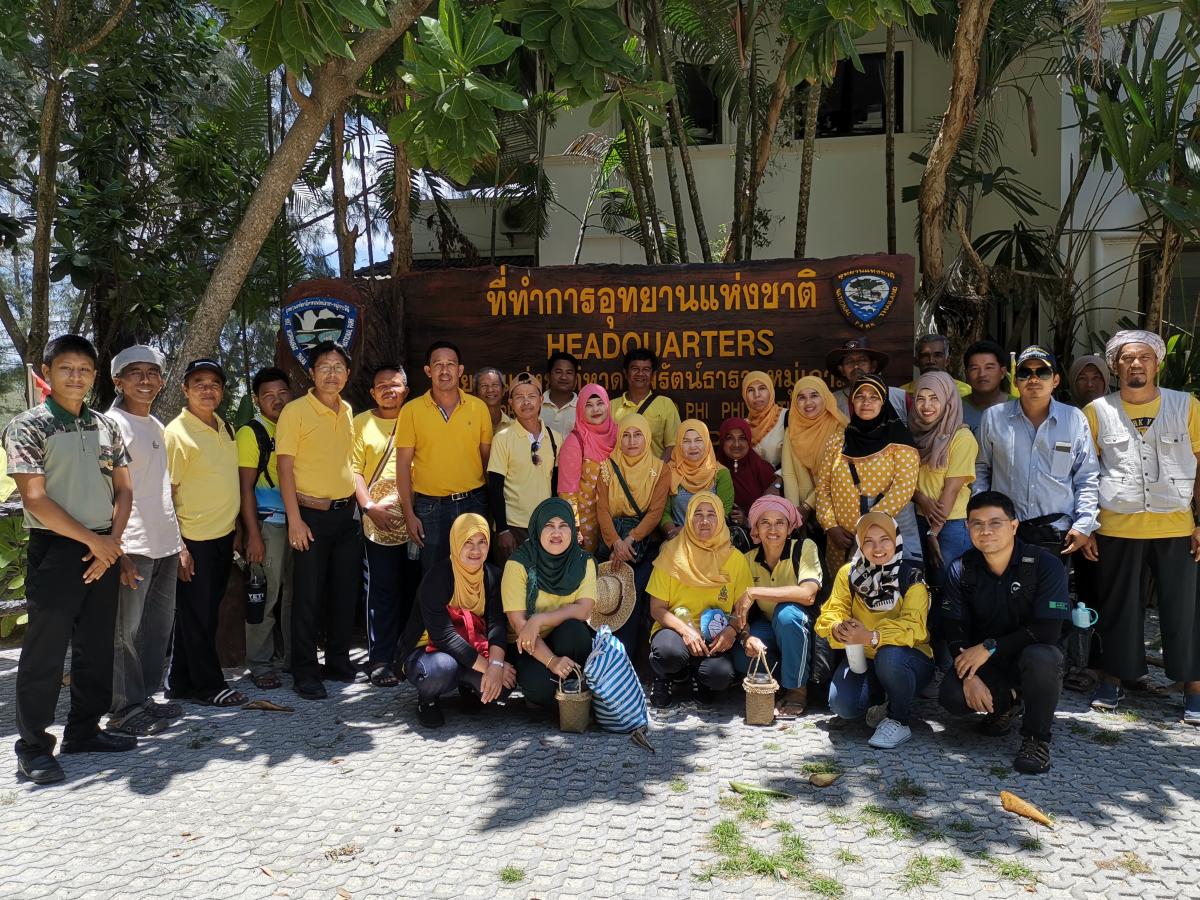Ejidos La Azteca and Agua Caliente in Chiapas reforest 294 hectares of forest with 326,634 plants
Mesoamerican communities combat the effects of climate change through ecosystem-based adaptation measures.
Chiapas, Mexico, August 2017. Deforestation causes 18.12 percent of worldwide carbon emissions, nearly equivalent to the global transportation sector, and over 13 million hectares of forest are lost every year, according to the United Nations Department of Economic and Social Affairs.
Ecosystem-based adaptation measures, such as reforestation through comprehensive restoration, are applied to curtail the adverse effects of climate change and generate co-benefits in mitigation. The technical team of the Union for the Conservation of Nature (IUCN) provides support for this work through project AVE and the Cahoacán project.
As an example of such efforts, this August 326,634 pine plants were provided to Ejido La Azteca (159,984) and Ejido Agua Caliente (166,650), communal settlements located at the headwaters of the Coatán and Cahoacán river basins where more than 400,000 people reside. The delivery was implemented through Mexico’s National Forest Commission (CONAFOR for its name in Spanish) and its program for comprehensive restoration in high-priority areas, in coordination with the IUCN and Despacho de Consultoría Forestal RYSOC & Asociados.
The degradation of forest ecosystems in this zone has led to flooding, sedimentation and other effects.
On this occasion, for ten days 294 hectares were reforested simultaneously in each community, by 127 members of Ejido Agua Caliente and 38 belonging to La Azteca.
These comprehensive restoration processes will be supported for three years to maintain the works and practices and protect the new trees. Their survival will be assessed in 2018 prior to initiating new activities and complementing those of the people who own these forestlands.
With the implementation of this measure, it is expected that degradation of forestland in the Coatán and Cahoacán basins will be reduced and land use change avoided, thus decreasing erosion.
